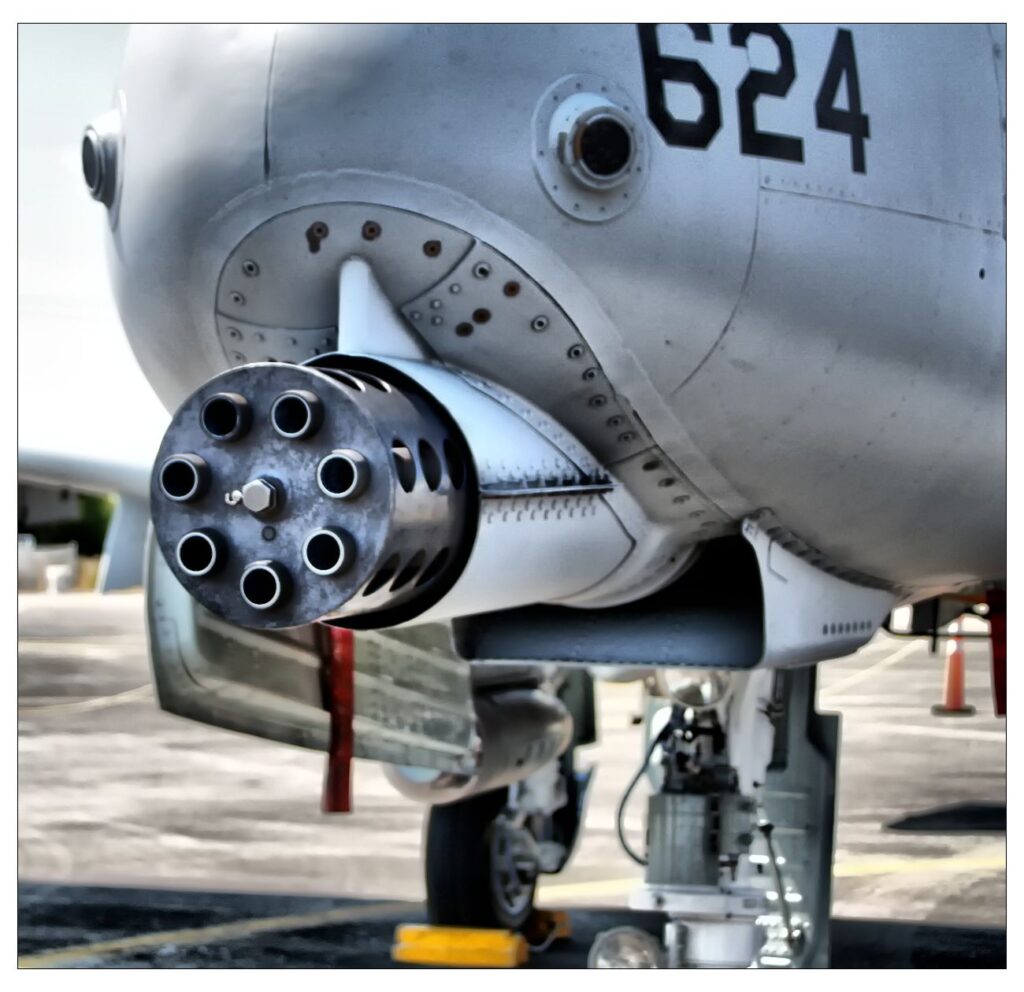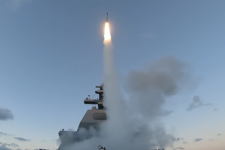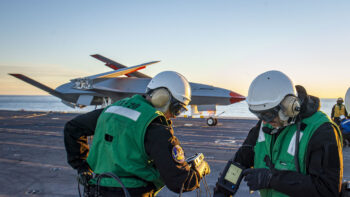
Gen. Mike Holmes
WASHINGTON: The Air Force and Army couldn’t start an important set of tabletop wargames last week because of the government shutdown.
Air Force Gen. Mike Holmes revealed the information when he disclosed today that the Air Force was starting multi-domain war games to hammer out how the land and air services would work together in a high-intensity fight with Russia.
Now, being forced to reschedule these isn’t the end of the world, but it’s a very good example of the waste and confusion that Congress causes when it fails to pass appropriations bills, especially the one that really matters to the Constitution — defense.

An Army slide attempting to explain the service’s new Multi-Domain Battle concept
Holmes also helped clarify something that has puzzled many of us who watch Pentagon doctrinal discussions. Multi-domain warfare = Russia. Air-Sea Battle = China.
Finally, we’ve got a clear-eyed explanation of just what these sometimes slippery doctrinal terms really meant. That’s thanks to Holmes, the fairly plain-spoken head of Air Combat Command, who talked about multi-domain warfare today at the Brookings Institution.
Many who follow the Pentagon’s doctrinal battles found it very difficult in particular to get a firm grip on Air-Sea Battle, which was clearly important but was very amorphous in its public manifestations. After Holmes linked Air-Sea Battle to the Pacific and multi-domain to European Command, and drew clear parallels between AirLand Battle and Multi-Domain warfare, I asked Holmes if MDB was Russia and Air-Sea was China. He agreed.
AirLand reached its zenith with the second Gulf War, when US air assets struck broadly and in depth against Iraqi forces, helped to create a protected rear area and were followed by land forces who closed with the enemy. Desert Storm, he noted, while very successful as a conventional strike was still sequential and the four services were still fundamentally stovepiped, though they did coordinate.

The business end of an A-10
Multi-domain battle hopes to destroy those stovepipes by gathering and providing exquisite information — even recommendations generated by artificial intelligence — to commanders. During those wars, the US fought in a clearly delineated fashion, where the rules were clear. Today, the US faces “infinite” war threats, “where we are not sure what the rules are,” Holmes said.
In other news, Holmes said there is money in the fiscal 2018 budget to “reopen the wing contract” to rebuild the wonderful Warthog. There’s also money — though he didn’t say how much — in the coming fiscal 2019 budget to buy more wings. He said the previous wing contract with Boeing was no longer “cost effective.” The Air Force, Holmes said, would be flying A-10s through the 2030s, at least. How many of the 281 aircraft will they be flying? Holmes said he’s “not sure.”
Lockheed wins competition to build next-gen interceptor
The Missile Defense Agency recently accelerated plans to pick a winning vendor, a decision previously planned for next year.


























